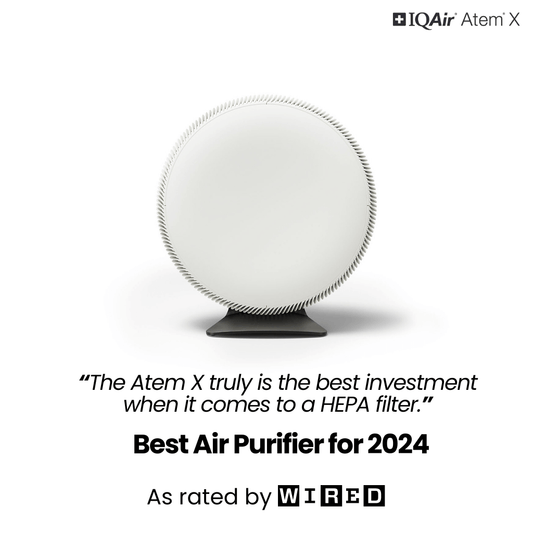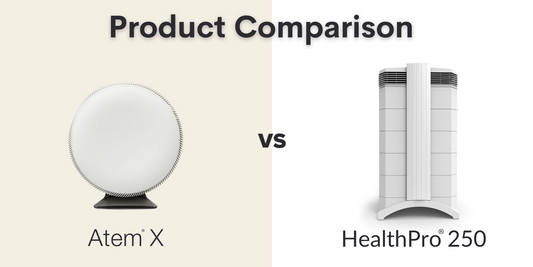The prevalence of asthma around the world is very high, with around 300 million individuals being affected. What are the asthma causes? The prevalence of asthma varies widely between and within different countries around the world - according to the long-running International Study of Asthma and Allergies in Childhood. One factor that seems very important in the prevalence of asthma is whether people live in an urban or rural environment. With countries becoming more developed and more urbanised, asthma will become a more common health problem, especially among children. Two new studies regarding the prevalence of asthma, look at the link between the urban or rural environment and the prevalence of asthma, aiming to reveal just what it is about urbanisation that increases asthma risk. One study carried out in Ecuador, Brazil, and England looked at the prevalence of asthma among children aged 9-15 in small rural communities in one of the poorest and most remote areas. The study used a simple definition of asthma, asking the parent 'Has your child had wheeze in the chest over the last 12 months?' Urbanisation is a complex process – it involves far more than just living in a town or city. In this study, three different aspects of urbanisation were investigated, as follows:
- Infrastructure – e.g. is there electricity, a telephone network, health centre, school, shops?
- Socioeconomics – what level of education have the parents, what kind of house does the family live in, do they have a TV or car?
- Lifestyle – do the kids eat burgers, consume fizzy drinks, do they watch TV, have pets, how physically active are they?
The overall prevalence of asthma was 10% (similar to the prevalence in the UK) and ranged from 0 to 31.4% in the different communities studied. Infrastructure proved to be less influential as a factor in the prevalence of asthma than a socioeconomic level or lifestyle. Cooking with gas, for example, increased the risk of asthma. So did eating fast food and drinking sodas and having a sedentary lifestyle. The researchers point out that these factors are associated with increased prevalence of asthma, but do not necessarily cause the disease. In the second study, researchers in Peru and the United States compared the prevalence of asthma in adolescents in a suburb of the capital, Lima, and in a rural area. Peru, incidentally, has one of the highest prevalences of asthma in the world. The participants had their respiratory function tested, asthma diagnoses checked, and rates of eczema and atopy were also recorded. Those in Lima had 2-3 times higher prevalence of asthma than those in the rural area. They also had a higher prevalence of eczema and atopy and were more likely to report symptoms of allergic rhinitis. Levels of PM2.5 indoor pollution were higher in Lima (31 micrograms per cubic metre, compared to 13 micrograms per cubic metre), which could certainly explain the higher prevalence of asthma. Heavy traffic volumes could also be a factor. Commenting on these studies, Professor M. Innes Asher of the University of Auckland, said that although most of us have not – and likely will not – visit any of the locations studied in these papers, the findings are still relevant to all of us. For these may represent the living circumstances of many of the world's children in low to middle-income countries where the prevalence of asthma is increasing. Research should focus on which factors associated with 'development' tend to increase the risk of asthma and allergy so that planners and policymakers can focus on these so as to improve children's' health.




